Trends in music can often indicate cultural shifts; a zeitgeist-y reflection of our surrounding socio-political climates and anxieties. It’s safe to say that, in recent years, tensions have increased; we’re living in a divisive era of American politics, people keep talking about millennial dread, and technology in art is often interlinked with the collapse of humanity. Far from being arbitrary patterns, a surge of interest in soothing, ambient sounds aligns with times of uncertainty.
Last year, ambient came back in a big way. A knock-on effect is the rediscovery of previously forgotten Japanese ambient music and new age records from the 80s. Long-buried works have been peeled from their original casings, uploaded onto YouTube and propelled into cult classics. Though many of these artists weren’t recognised for their works at the time of their making, diggers and online enthusiasts cite the 80s as a golden era for Japanese ambience, with YouTube algorithms spurring hundreds of thousands of views online and highly sought after rarities selling for several hundreds of pounds via Discogs. However, speaking to Vinyl Factory in a 2017 interview, pioneering composer Midori Takada said she “didn’t feel part of a mainstream movement”, working mainly with a small collective of like-minded artists, such as collaborator Satoshi Ashikawa.
Befitting our current era, the appeal of these ambient LPs from the 80s is their focus on enhancing, and shifting, existing environments. Rather than offering a reprieve in the form of an escape, many of these Japanese artists practised sound design as a way to complement or alter physical locations into spaces of serenity and stillness.
Ranging from Hiroshi Yoshimura’s environmental music to Midori Takada’s cult classic Through the Looking Glass, here are seven primers you should acquaint yourself with (if you haven’t already), as an introduction into Japanese ambient and new age records that, previously, were lost in obscurity.
Hiroshi Yoshimura
Green (1986)Now highly regarded as an ambient pioneer, Hiroshi Yoshimura’s musical trajectory began via the craft of soundtracking fashion runways and train stations. With an output of 12 albums over a two decade career, this landmark LP perfectly encapsulates Yoshimura’s philosophy of creating a dialogue between sounds and spatial environments. Green is an example of Japanese minimalism at its finest, with the melding of natural sounds – via birds, running water and crickets – to the artificiality of arpeggiating synths and soft, minimal notes deployed to poignant effect. The result is a soundscape of light, soothing textures for listeners to sink into.
Haruomi Hosono
Watering a Flower (1984)Alongside Ryuichi Sakamoto and Yukihiro Takahashi, Haruomi Hosono is best known as a co-founder of the famed electropop outfit Yellow Magic Orchestra. A highly influential artist who first began making music in the psychedelic rock group Apryl Fool, in 2003 HMV Japan ranked Hosono as the 44th most vital composer in the country. Diverging from the harder sounds of psych rock, Watering a Flower sees Hosono weave a more meditative soundscape, filled with hypnotic refrains. Buoyant synth lines on Growth segue into the calmness of Muji Original BGM, which employs warm, glowing synths that reverberate through the dense fabric of the track. Comprised of three songs, Watering a Flower was commissioned as background music for Muji’s flagship store in Tokyo. Only one track was used at the time, and the cassette has since become a rarity buried in the sands of time.
Mkwaju Ensemble
Ki-Motion (1981)The short-lived Japanese trio, made up of percussionists Junko Arase, Midori Takada and Yoji Sadanari, crafted their vision into just two albums in 1981, named Mkwaju and Ki-Motion. Experimentations with layered African rhythms, bamboo percussion and marimbas form the backbone of each LP. Released via the Japanese imprint Better Days, Ki-Motion is fleshed out with more meditative tracks than its predecessor, employing gloomy marimbas and glittering textures that are woven into a tapestry of playful ambience. There’s still room for the group’s more chaotic experimentations though, with charged rhythms propelling the album out of its gentler, sombre moments into clashing, near-cacophonous excursions.
Midori Takada
Through the Looking Glass (1983)A cult ambient album that was never released on CD until 2017, its reissue was engineered by Brooklyn label Palto Flats and Swiss imprint We Release Whatever the Fuck We Want. After the retirement of Mkaju Ensemble, the group’s distinct mix of sounds naturally evolved past their short-lived existence, threading through Takada’s solo debut Through the Looking Glass in 1983. Bunkering down in her studio for two days, the album was created entirely on analogue tape and it sees Takada explore a range of instruments, from marimbas to gongs, cowbells and rattles, combining her experimentations with non-Western rhythms. Bird sounds were imitated through ocarinas and, after failing to craft her desired sonics through sake bottles, Takada began experimenting with Coca-Cola glasses. Using a painterly approach, the pioneer visualised sound design as brush strokes on a sonic canvas, producing four ambient designs that close with the charged curveball, Catastrophe Σ. A mystical output, the classic follows her DIY approach in manipulating accessible objects into musical components. “Everything that exists on this earth has a sound,” she once said. “Even if humans don’t call it an instrument, on this earth, there exists a significant vibrancy.”
Satoshi Ashikawa
Still Way (1982)Another compelling obscurity, Still Way contains the only available recordings ever made by Ashikawa, and it’s the second instalment of his three-part Wave Notation series. Fellow contemporary Midori Takada has been credited as a percussionist, having contributed to the album’s enchanting quality with the vibraphone and harp. In the liner notes, Ashikawa wrote about how daily life in Japan was “inundated with sound” and the album exercises his ethos of employing sound to psychologically aid listeners in gaining individualistic control over their hearing. It was Ashikawa’s way of finding a “conscious attitude” to sound, allowing him to filter out background noise that he deemed to be excessive. To create this focus, Still Way captures his mastery of intertwining clear, tinkering harps with minor key piano melodies and the horn to create soporific designs.
Yasuaki Shimizu
Kakashi (1982)Re-pressed by Palto Flats and WRWTFWW in 2017, Kakashi deviates from the other chosen LPs in this list, taking the form of a brilliant jazz, ambient and new age fusion that touches upon new wave and dub sounds. As the bandleader of Japanese group Mariah, the multi-hyphenate is also an esteemed saxophonist and prolific collaborator, having worked with famed composer Ryuichi Sakamoto, DJ Towa Tei and commercial titans such as Honda. His output with Mariah later saw him bring his explorative approach to the table, drawing upon a medley of border-crossing influences; and it’s this wide-ranging palette that dominates Kakashi, with jazz, pop and saxophone experimentations percolating through his solo work.
Hiroshi Yoshimura
Music for Nine Post CardsLast year, ambient enthusiast Spencer Doran, of Portland duo Visible Cloaks, teamed up with Maxwell August Croy of Root Strata to launch the label Empire of Signs with a reissue of Yoshimura’s debut LP Music for Nine Post Cards. With a minimal setup of a keyboard and Fender Rhodes, the LP began organically when Yoshimura peered out of his window one afternoon, and saw “images of the movement of clouds, the shade of a tree in summer time, the sound of rain”. Later, at the Hara Museum of Contemporary Art, Yoshimura began creating sounds inspired by the space. Originally released to soundtrack the institution, a demand for his sounds culminated in a vinyl release in 1982. Built upon a foundation of nine short refrains, each track blossoms and unfolds to the gradual movement of clouds Yoshimura saw outside his window that day. In the liner notes of the original release, he wrote, “I will be happy if, when you enjoy this album, the surrounding scenery can be seen in a slightly different light.”
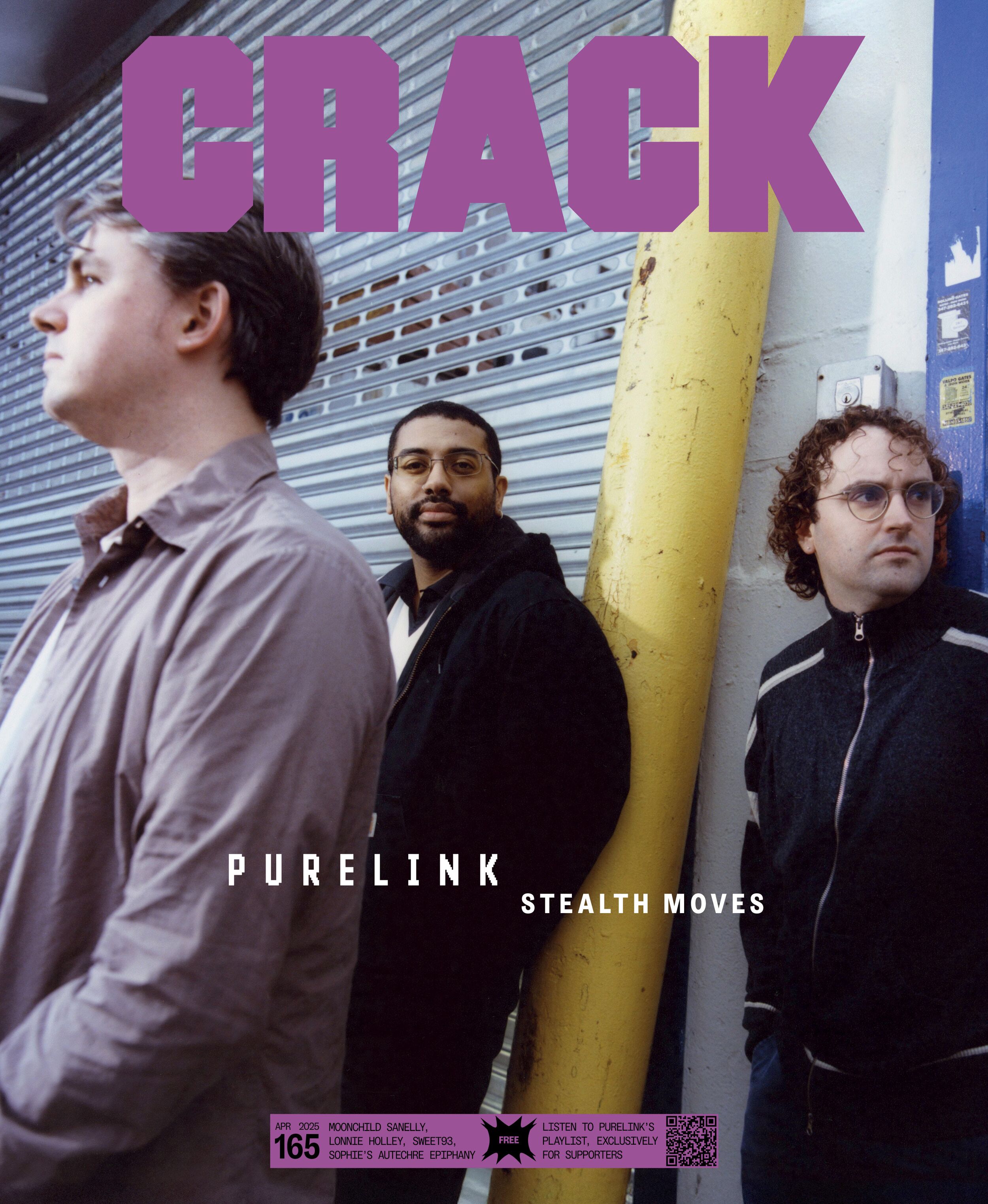



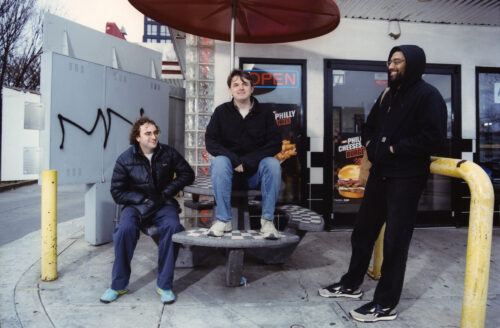
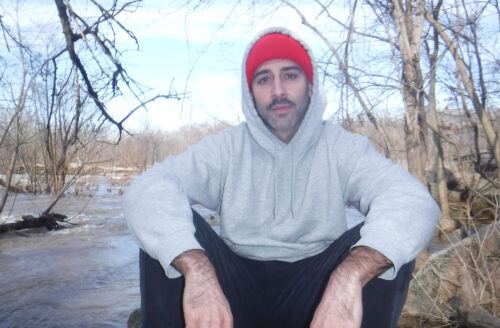

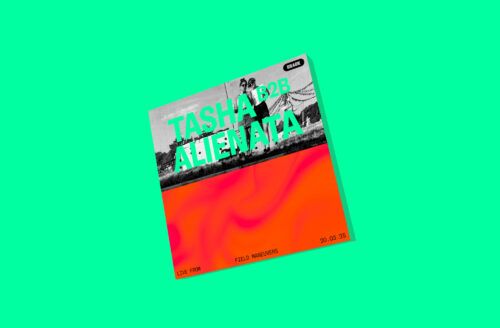
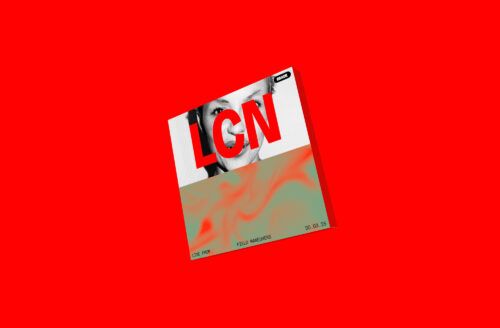
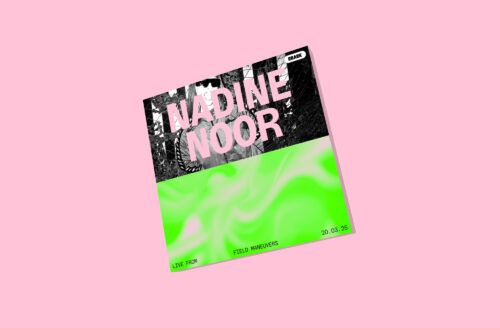
COMMENTS
[fbcomments title=""]